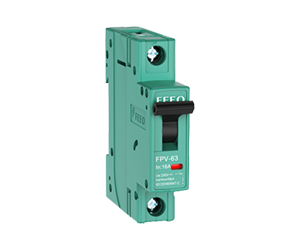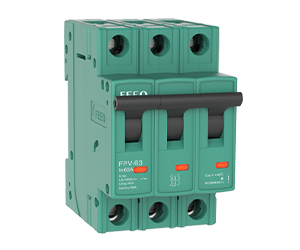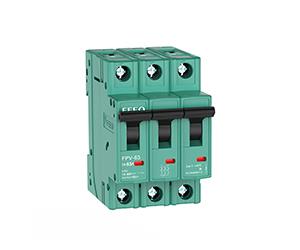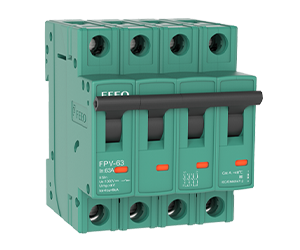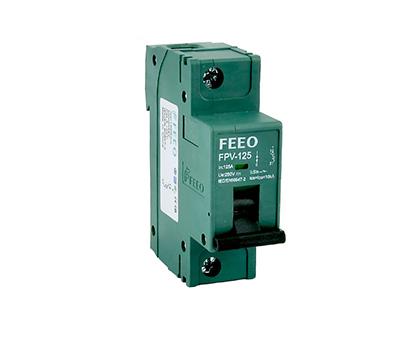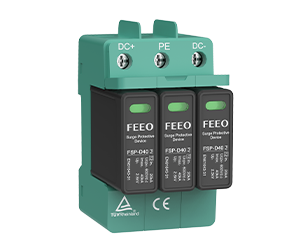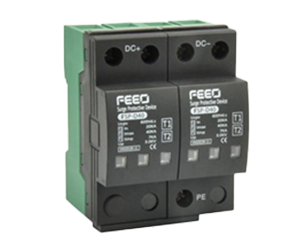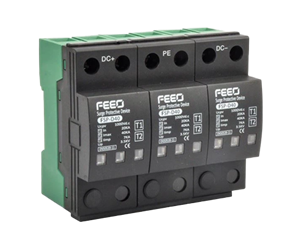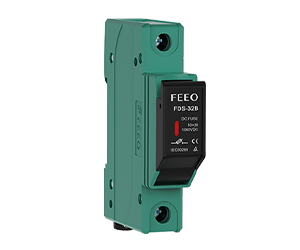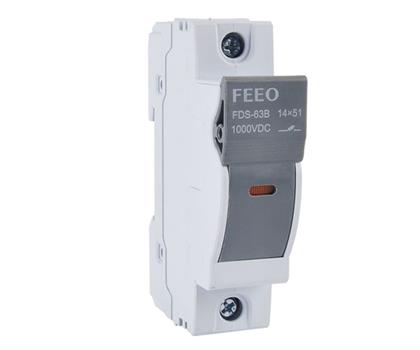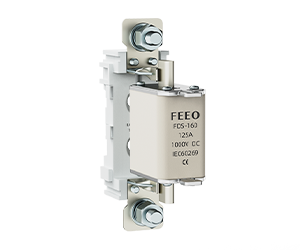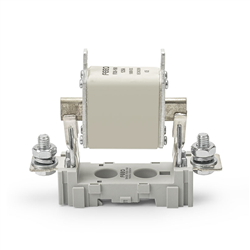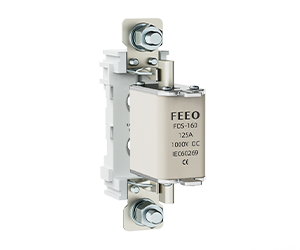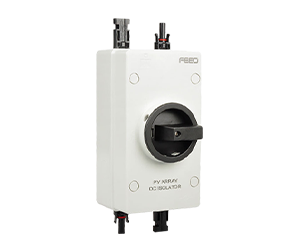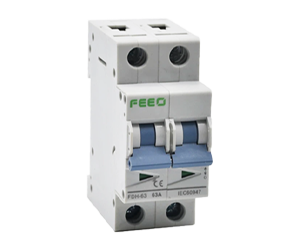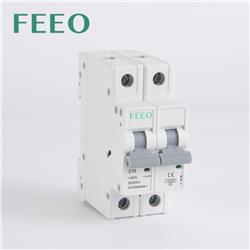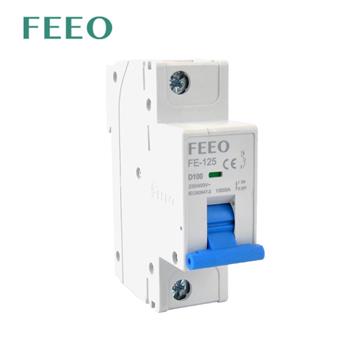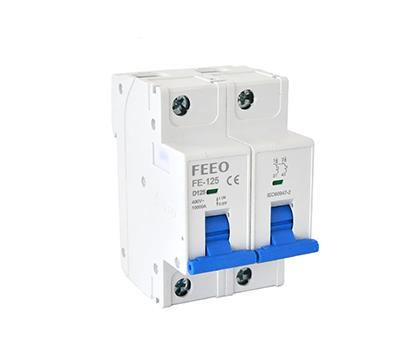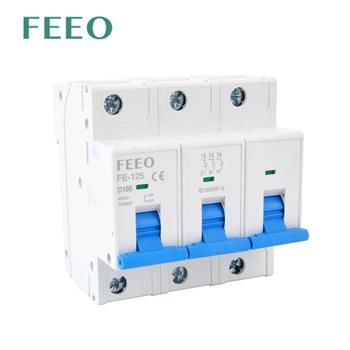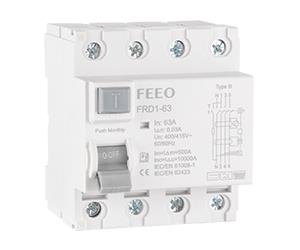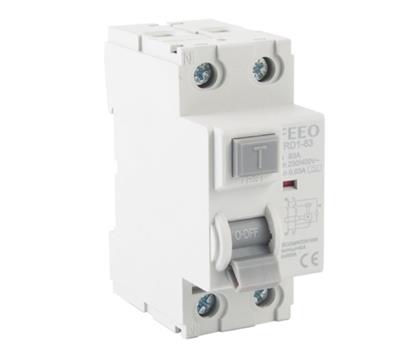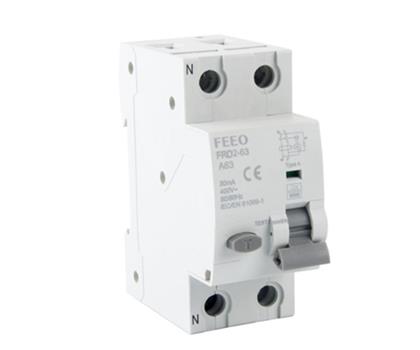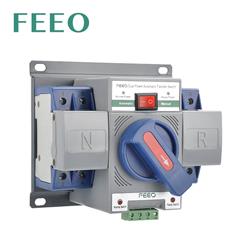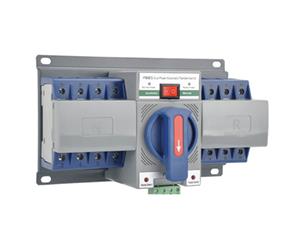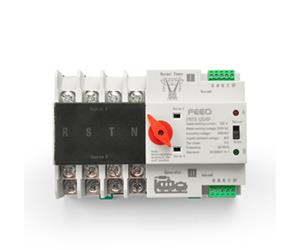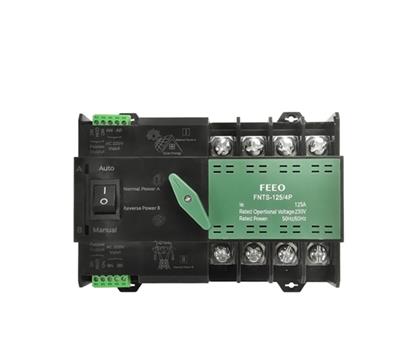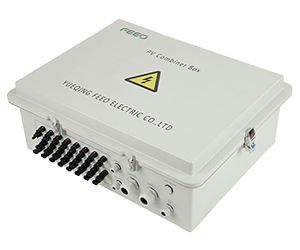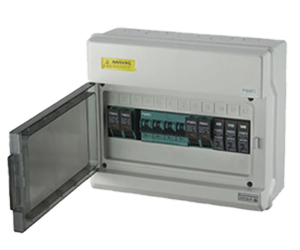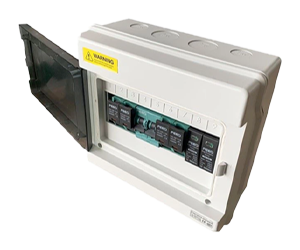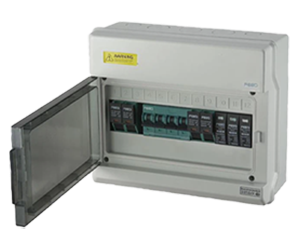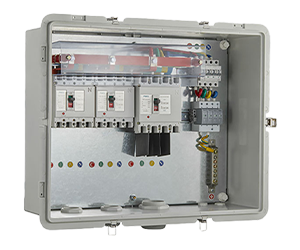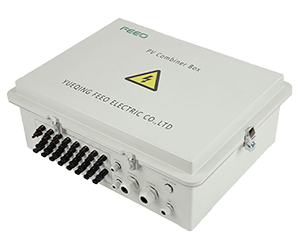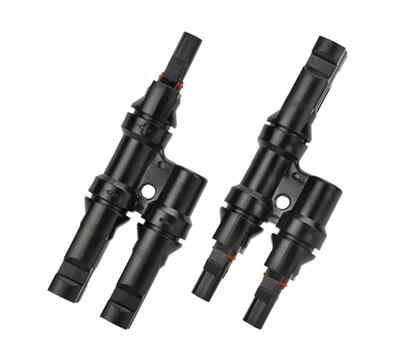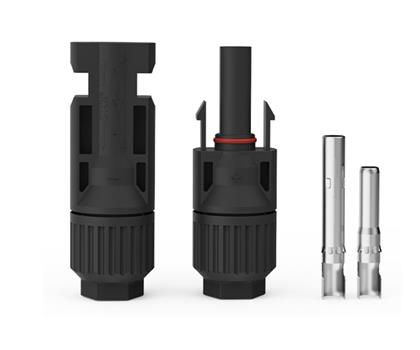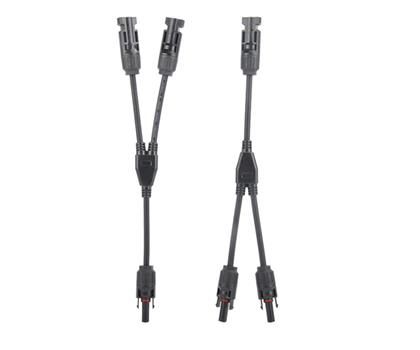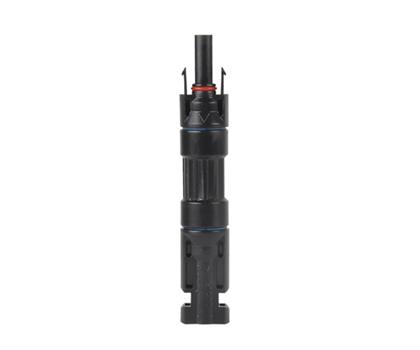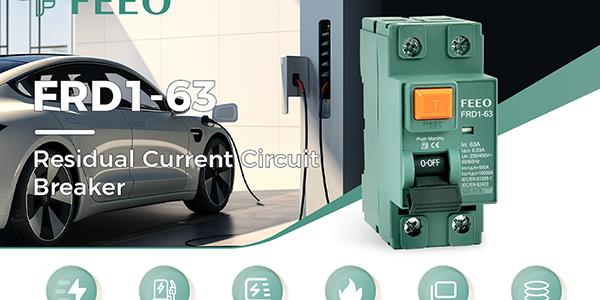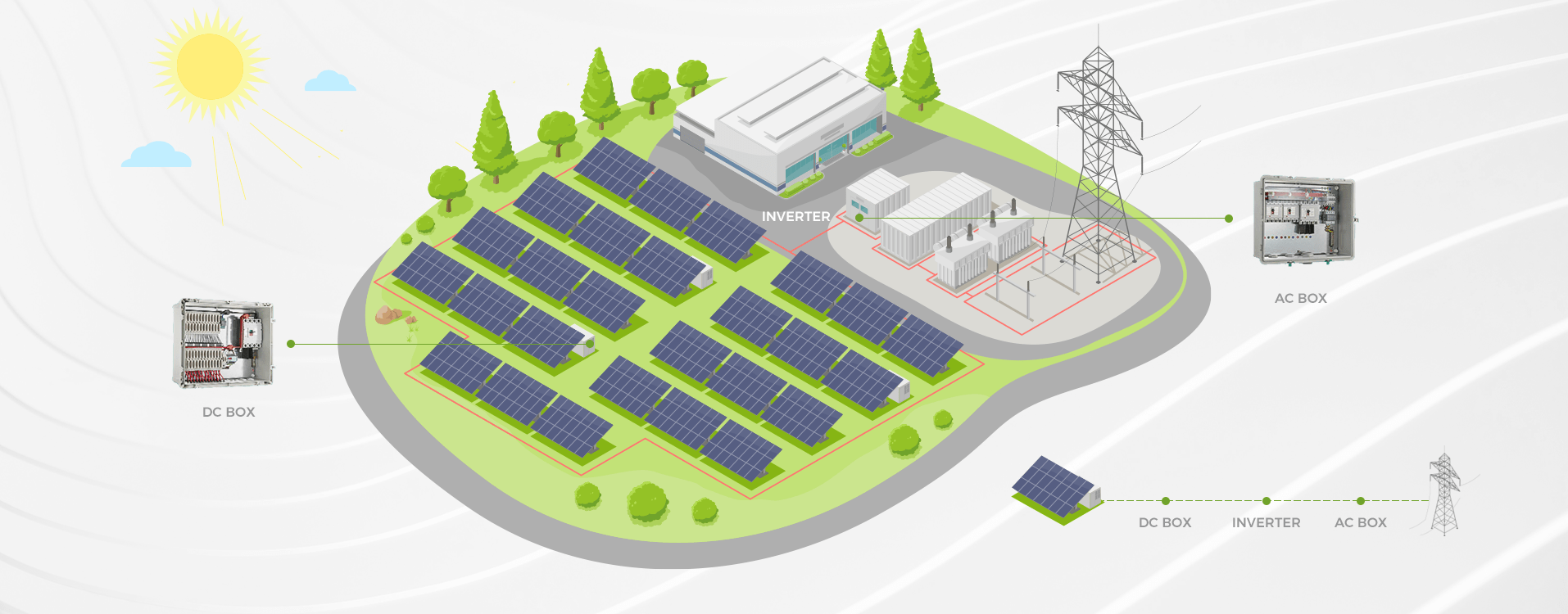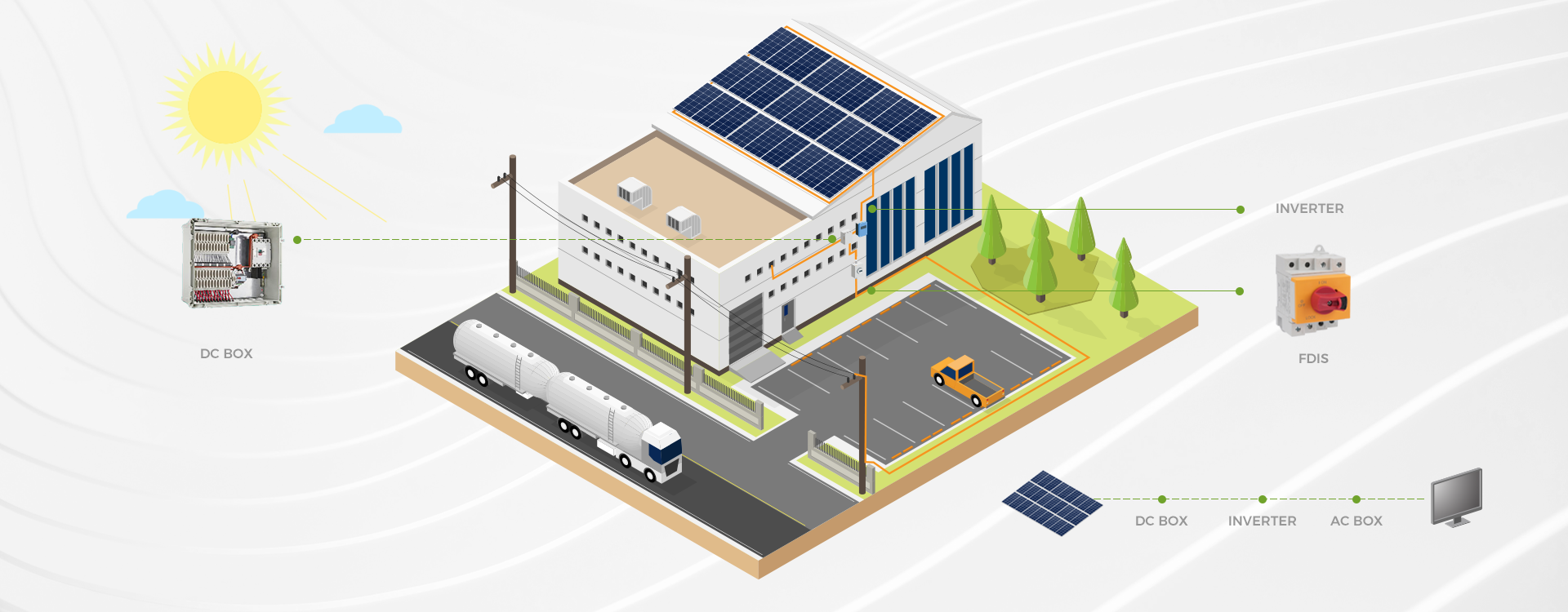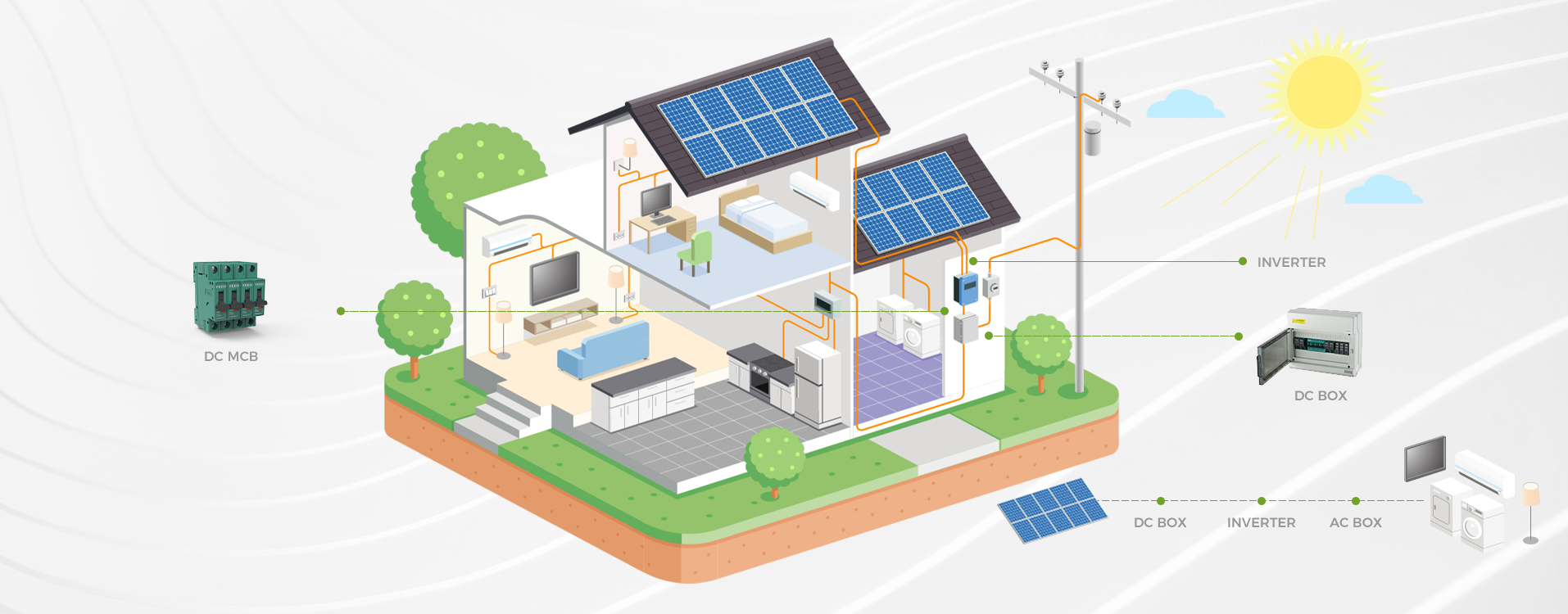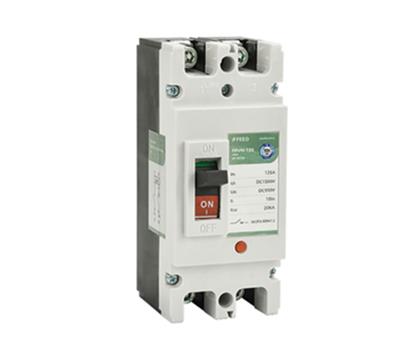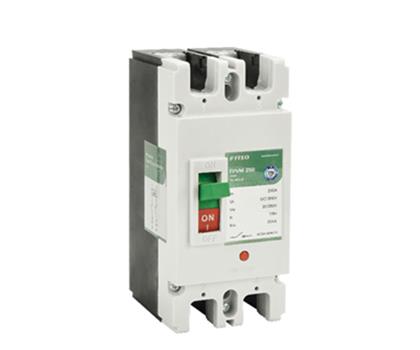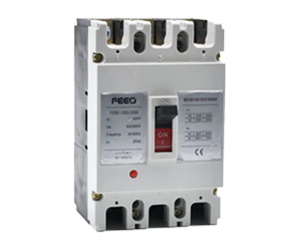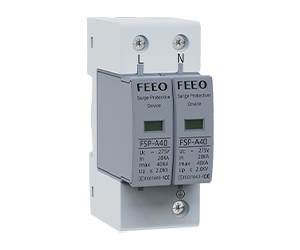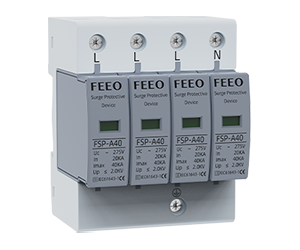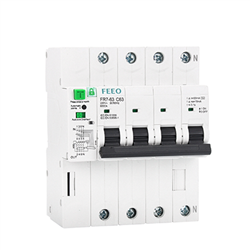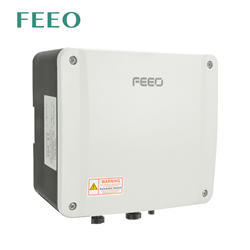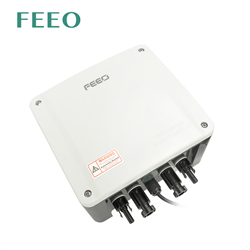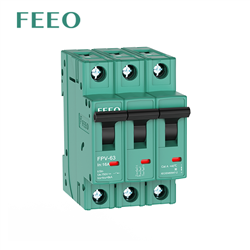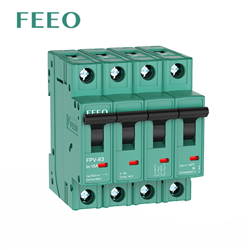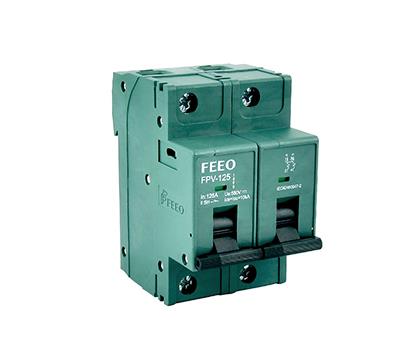In today's competitive world, having a solid understanding of electrical systems is essential for electricians and DIY enthusiasts alike. One of the most vital components in any electrical circuit is the Miniature Circuit Breaker (MCB), specifically designed for Direct Current (DC) applications. In this comprehensive guide, we'll discuss the importance of MCBs in DC circuits, the different types available, and the step-by-step process of connecting them. Let's outshine our competitors and dive right in!
The Importance of MCBs in DC Circuits
MCBs play a crucial role in protecting electrical circuits from damage caused by overcurrents or short circuits. Unlike their Alternating Current (AC) counterparts, DC circuits require specialized MCBs that can efficiently handle the unique characteristics of DC power. Some of these features include:
1.Unidirectional Flow: DC power flows in a single direction, which means that the MCB must be designed to handle this unidirectional flow and break the circuit effectively under fault conditions.
2.Arc Suppression: The nature of DC power makes it more challenging to extinguish arcs that form during circuit breaking, as there are no zero-crossing points. Therefore, DC MCBs must be equipped with superior arc suppression mechanisms.
3.Higher Voltage Ratings: DC circuits often operate at higher voltages than AC circuits, necessitating the use of MCBs with appropriate voltage ratings.
Types of MCBs for DC Applications
There are two primary types of MCBs designed for DC applications:
1.DC-specific MCBs: These MCBs are engineered explicitly for use in DC circuits. They possess the necessary arc suppression mechanisms and are rated for the voltages commonly found in DC applications.
2.Universal MCBs: Also known as AC/DC MCBs, these breakers can be used in both AC and DC circuits. They are designed to handle the characteristics of both types of power, providing versatility and convenience.
Connecting a Miniature Circuit Breaker for DC Applications
1.Switch off the power supply: Before working with any electrical components, always ensure that the power supply is disconnected to prevent shocks and accidents.
2.Select the appropriate MCB: Choose an MCB with the correct voltage and current ratings for your specific DC application. Consult the manufacturer's guidelines or consult a professional if you are unsure.
3.Identify the terminals: Examine the MCB and locate the input (line) and output (load) terminals. In most cases, the input is marked as "L" and the output as "T".
4.Connect the input wire: Strip the insulation from the end of the input wire and insert it into the input terminal of the MCB. Secure the connection by tightening the terminal screw.
5.Connect the output wire: Similarly, strip the insulation from the end of the output wire and insert it into the output terminal of the MCB. Tighten the terminal screw to secure the connection.
6.Mount the MCB: Attach the MCB to a DIN rail or an appropriate mounting base according to the manufacturer's instructions.
7.Test the MCB: Once the MCB is connected and mounted, turn the power supply back on and test the MCB by pressing the test button. The MCB should trip, indicating that it is functioning correctly. Reset the MCB by flipping the switch back to the "on" position.
Conclusion
Understanding the importance of MCBs in DC circuits and following the step-by-step process to connect them can help ensure the safety and efficiency of your electrical system. By selecting the appropriate breaker type and carefully installing it, you'll outshine your competition and set yourself apart as a knowledgeable professional or DIY enthusiast.
Remember, always consult the manufacturer's guidelines and seek professional advice if you are unsure about any aspect of working with electrical components. Safety should always be your top priority.
